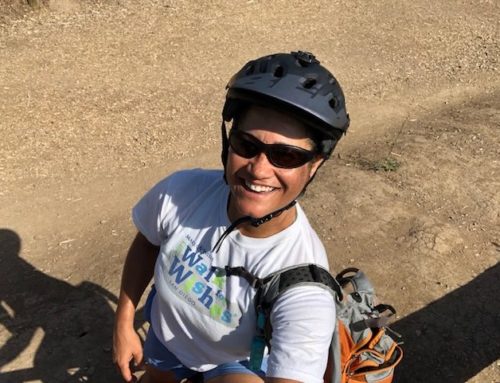A session with a client the other day motivated me to write about the commonly asked question, “What is the best exercise for __________”? While I don’t believe there is any “best” exercise for a given body part, there are certainly plenty of good ones. Most of the various machines found in a gym don’t actually vary much from one gym to another, and although they may look different, the same general concepts usually apply. For an example, in order to isolate the quadriceps muscle (located on the front of the upper thigh) during a resistance exercise, you must begin from a bent knee position and move to an extended position while pushing against a resisting force. However, any exercise done repeatedly without change will become less and less effective over time, no matter how good it is.
While there are many variations of the same basic exercises out there, it is extremely important to vary within those from time to time in order to shock the body and continue achieving results. When a new exercise is undertaken, the body will progress on that exercise anywhere from four to twelve weeks continuously, varying from individual to individual. However, after that time the body will plateau and become stagnant, unless it is shocked into continuing its progress by undertaking new exercises. That is why an excellent exercise (and there are many), is only as good as an individual’s progression period lasts.
I can’t stress enough how important it is to change up your exercises. Pay close attention to your body and how you feel during and after exercise. This will allow you the insight to know when to change things up in order to shock your system. For example, when you first began walking on a treadmill you may have noticed that you lost body fat in your midsection over the course of three months, and went from a size eleven down to a size nine. But while you adamantly followed your regime of treadmill walking for three more months following that, you remained the same. Most likely your body plateaued and needs to be shocked into continuing its progress.
One way to shock it is to incorporate walking at an incline instead of walking flat, or even jogging rather than walking. However, a better way is to undertake a new type of cardiovascular exercise, like bicycling or jumping rope. You body should respond to the shock by continuing its progress, ultimately resulting in burning more body fat. Of course, other factors do play a big part; like the intensity at which you are exercising, as well as the amount of time and frequency of your workouts. The same applies to resistance exercises, like back rows and squats. They all need to be changed up periodically in order to shock your system into continuing its progress.
Here is an outline of the main points covered:
- While exercises vary, basic concepts usually apply throughout
- Progress should continue using the same routine for four to twelve weeks
- After twelve weeks (or sooner depending on the individual), change your routine around to shock your body
- Incorporate variety in order to avoid stagnation
Hopefully this has helped to shed some light onto the way the human body responds to exercise and how to go about making the most of your exercise regime and achieving the results you want. Incorporating variety into your workouts also serves another purpose—it keeps them interesting, ultimately resulting in better adherence to your fitness program!
Melissa Allen, BS, CPT, CES is a certified personal trainer, corrective exercise specialist and Medifast health coach, is the owner of the Optimum Condition Corrective Exercise & Performance Center, located in El Cajon, in the East County of San Diego. We specialize in customized fitness training and corrective exercise for both recreational athletes and post-rehab clients, as well as guaranteed weight loss programs or your money back. You can schedule a free consultation to help you get started. Please visit her website at OptimumCondition.org.





